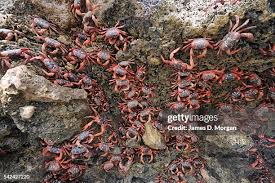The Jota: Exploring Spain’s Vibrant Folk Dance

Introduction to the Jota
The jota is a lively Spanish folk dance that has captivated audiences for centuries with its energetic movements and rich cultural significance. Originating in various regions of Spain, including Aragon, Navarra, and the Basque Country, the jota showcases the diversity of Spanish folk traditions and plays a crucial role in community celebrations and festivals. Its importance lies not only in its artistic expression but also in the way it reflects the customs and history of the Spanish people.
History and Development
The roots of the jota can be traced back to the 18th century, although there are indications of similar dances in earlier centuries. Initially performed as a court dance, the jota gradually transitioned to a more popular folk form. The dance is characterised by its lively tempo and rhythmic clapping, often accompanied by traditional instruments like the guitar, bandurria, and castanets. Over time, the jota has evolved, incorporating various regional styles and influences, resulting in numerous adaptations and variations across Spain.
Characteristics of the Jota
The jota is characterised by quick footwork, intricate foot stamping, and graceful arm movements. Dancers typically perform in pairs, with both male and female dancers donning colourful traditional costumes that enhance the visual appeal of the performance. The music accompanying the jota is equally important; it typically features a lively 3/4 time signature, creating an upbeat atmosphere that invites participation from the audience.
Modern Relevance and Cultural Significance
Today, the jota continues to be a symbol of Spanish folk culture, performed at various festivals and cultural events across the country. Many local communities host jota competitions, where dancers showcase their skills and creativity. Additionally, the dance has gained international recognition, finding its way into theatre performances and dance troupes around the world, which adapt the jota to showcase its beauty in diverse contexts.
Conclusion: The Jota’s Lasting Impact
The jota is more than just a dance; it represents a vibrant piece of Spain’s cultural heritage. With its rich history and evolving nature, the jota serves as a medium of connection for generations, celebrating both local traditions and shared community identity. As interest in folk traditions continues to rise globally, the jota remains a vital aspect of Spain’s artistic expression, ensuring its relevance for years to come. For those interested in experiencing this lively dance form, numerous festivals and performances occur throughout Spain that bring the jota to life in unforgettable ways.









